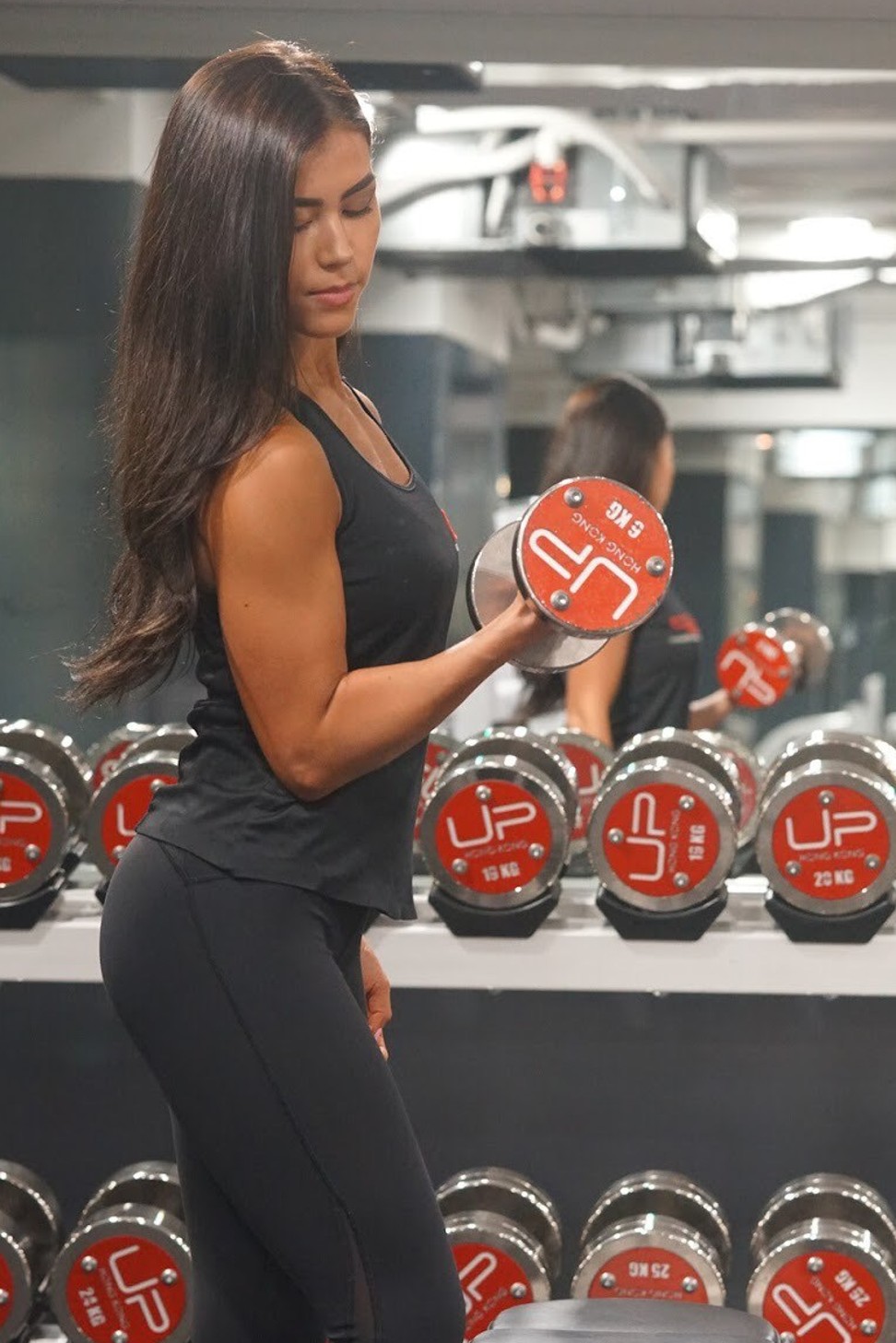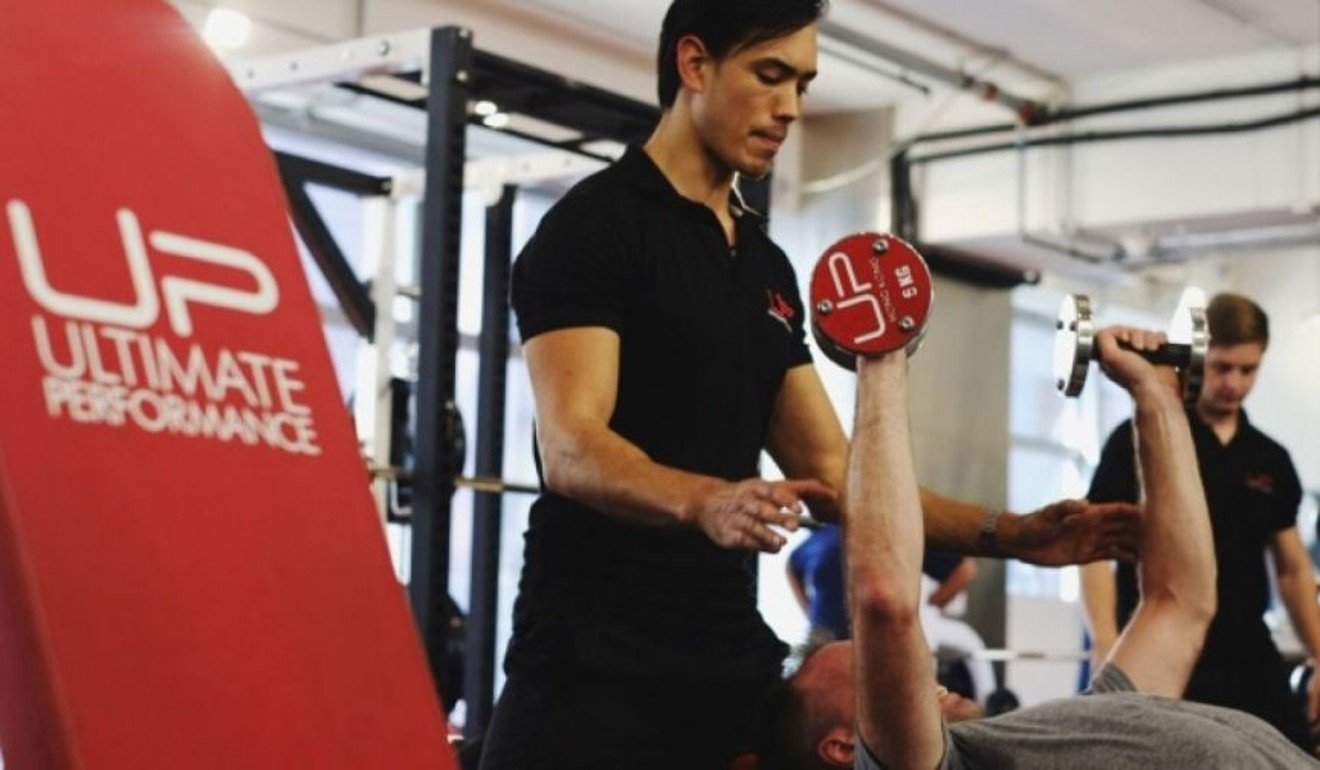4 ways to make your weight training goals a reality

Let us face it, most people trying to get into shape have little idea what they are doing in the gym. Survey any commercial gym and you will find individuals who have been spinning their wheels without much to show for it.
Now, while there is no such thing as a perfect training plan, there are underlying principles that can be implemented to get the most out of your gym visits.
Have a goal and track your progress

The first step toward optimising your training is to be clear about what you are trying to achieve.
Many people go to the gym with no plan at all and this randomness completely undermines a primary principle of strength improvement which is progressive overload.
To make improvements, you must consistently deliver a sequentially more challenging stimulus.
Think of each visit to the gym as a chance to beat your previous best, and unless you have a wonderful memory, it is unlikely that you will be able to recall the weights you lifted previously.
Using a training journal to record your workouts will allow you to track improvements and give you further accountability.
For the best results, you must have a goal and keep detailed records of your workouts.
Decide how frequently to train

Do not fall into the trap of thinking you need to spend several hours a week in the gym to make progress.
Training three to four times per week for around one hour using either full body workouts or an upper and lower split will yield effective results for beginner and intermediate lifters.
At Ultimate Performance, we use full body routines with new clients because this allows them to train each major muscle group more than once per week and increases blood circulation in the body via a mechanism known as peripheral heart action.
Focus on compound and multi-joint movements
Full body workouts should include an exercise for each of your major muscle groups (chest, back, quadriceps, glutes and hamstrings).
When selecting exercises, understand that no exercise is mandatory and that you should choose movements that suit your ability level and allow you to train hard from the onset.
With that said, most the exercises selected should be compound ones.
These multi-joint movements stimulate the most muscle mass and impose a greater desirable adaptive stress on the body’s systems versus isolation movements.
Begin your workout with these more demanding foundational exercises and spend time at the end of your session training any target areas you have with isolation movements.
Push yourself

As was mentioned before, weightlifting acts as a stressor to the body to elicit an adaptation.
The implication is that your workouts need to be challenging enough to force your body to change, so put down the mobile phone at the gym, and channel your energy into your workout.
Lifting weights is not a mindless activity because the purpose of any exercise is not to thoughtlessly move a weight from point A to point B.
Instead, the purpose is to improve your muscular contraction so you should be concentrated on what you are doing to develop a mind-muscle connection and improve coordination.
Limiting rest times, utilising a slow tempo and minimising momentum during exercises are all simple ways to get more out of your training.
Want more stories like this? Sign up here. Follow STYLE on Facebook, Instagram and Twitter

Ultimate Performance personal trainer Matthew Leeb shares the tools you need to pursue the optimal routine